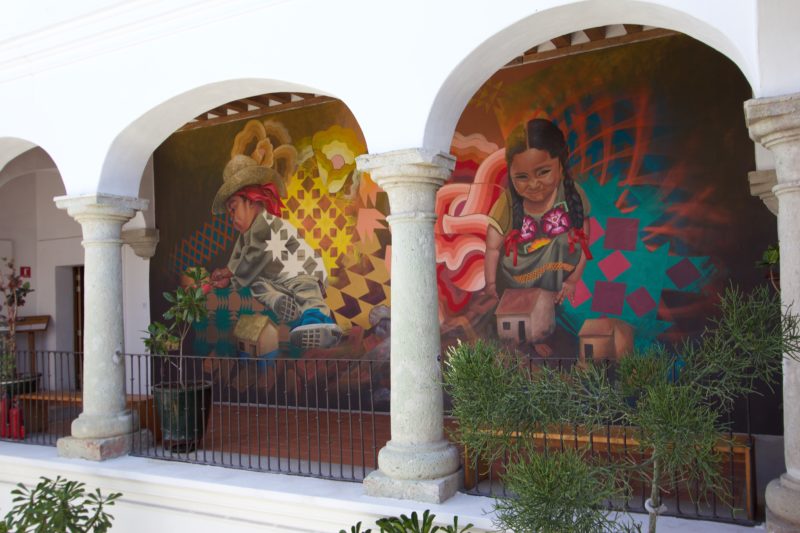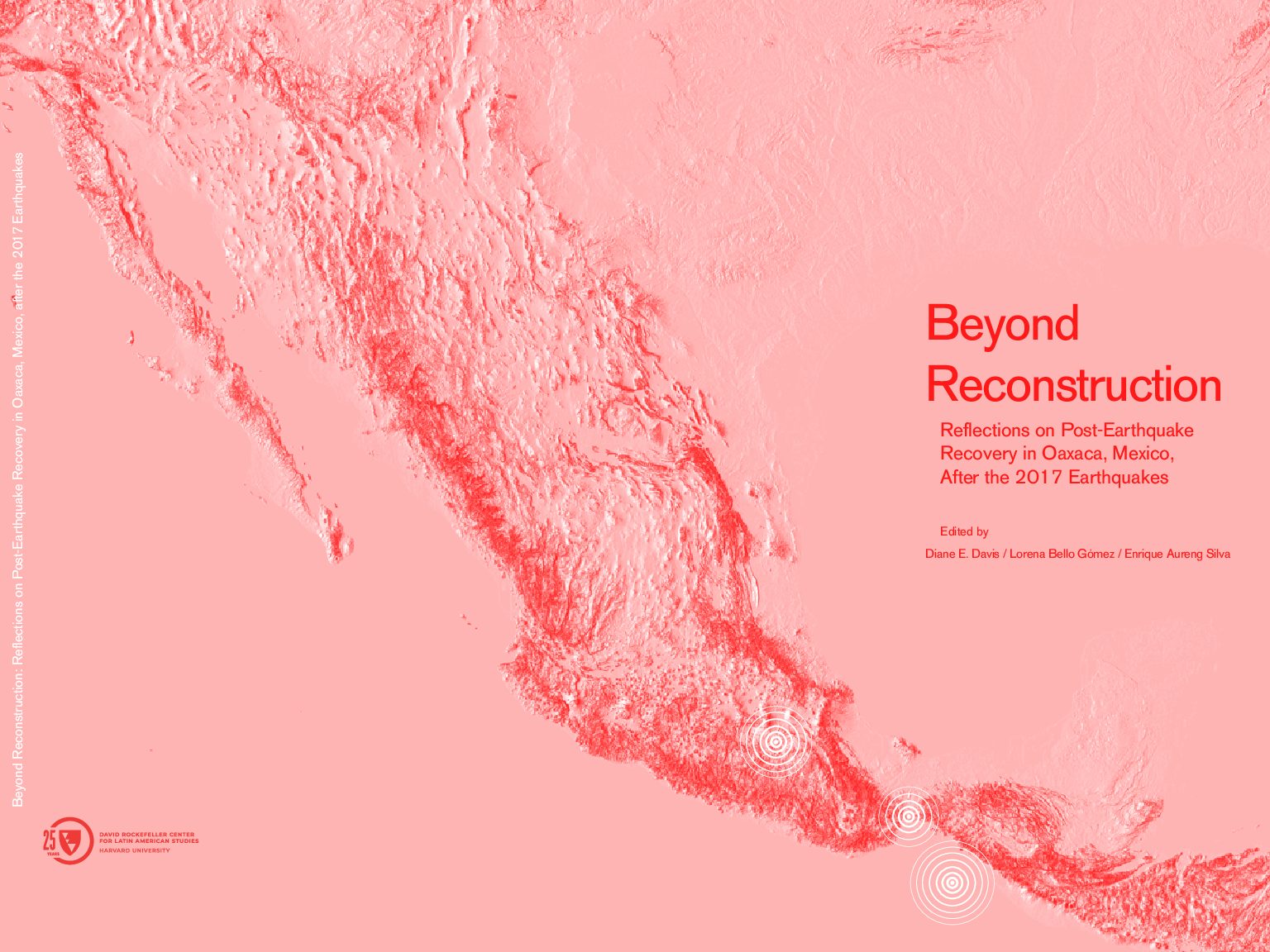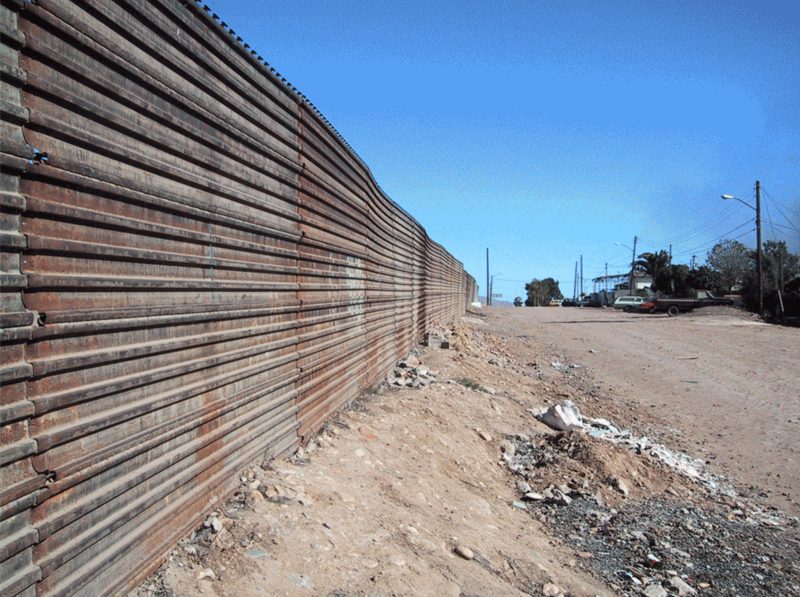Tatiana Bilbao is a Mexico City-based Architect and Founder & Director of Tatiana Bilbao Estudio. Carolina Sepúlveda is a Chilean architect and researcher. She recently graduated from Harvard’s Master’s in Design Studies (MDes ADPD ‘20) program at the Graduate School of Design. Moderated by: Malkit Shoshan, Art, Design and the Public Domain Area Head, Graduate School of Design. In the December 2, 2020 panel, hosted by Harvard’s David Rockefeller Center for Latin American Studies and the Graduate School of Design MDes program in Art, Design, and the Public Domain, Carolina and Tatiana discussed the urban transformations occurring across Mexico and […]
Category Archives: Urban Vulnerabilities
Del Temblor al Arte Artists’ responses to the earthquake in the Isthmus of Tehuantepec are a perfect example of how art can contribute, in an extreme situation like the one triggered in 2017, to expand community awareness by leveraging the potential of local culture. Antonio Moya-Latorre PhD Candidate in City and Regional Planning / Cornell University Architecture & Music / www.amaseme.net Photo credits: Sandra Fernández & Marco Antonio Peralta Velasco. That night, when the earth shook, thousands of stories where buried under the rubble of what had once been the homes and spaces of entire communities. The setting of their lives […]
Last year Harvard GSD faculty and students published a report based on two years of research and studio practice focused on Oaxaca, Mexico after its devastating 2017 earthquake. Based on work with partners at MIT and elsewhere, and through comparative reflection on Chile’s disastrous earthquake a few years prior, the contributors to this publication analyzed what went wrong in the initial disaster recovery in Oaxaca and proposed alternative frameworks for moving forward. They include a series of proposals, projects, and concrete policy suggestions intended to help vulnerable citizens and public officials prepare for the next disaster. In light of the […]
Mexican Cities Initiative and the David Rockefeller Center for Latin American Studies are proud to present the following keynote address and panel discussions. Date: Friday, March 31, 2017, 6:30pm to 9:00pm Location: Piper Auditorium, Gund Hall, Harvard Graduate School of Design, 48 Quincy Street Keynote Address: Urban Challenges in an Era of Climate Change Register here. Registration is not required to attend, but it is encouraged. *This presentation will be conducted in Spanish with simultaneous translation. Speaker: Miguel Angel Mancera, Mayor of Mexico City Introduction: Jorge Domínguez, Antonio Madero Professor for the Study of Mexico, Department of Government; Chair, Harvard Academy for International and Area […]
By Teddy Cruz and Fonna Forman Last Spring, an anonymous group of architects, designers, and artists announced an international competition to design a new border wall between the United States and Mexico. The proposal was the brainchild of the Third Mind Foundation, a consortium dedicated to experimental forms of interdisciplinary collaboration; and the competition was inspired by Donald Trump’s incendiary campaign promise of a continental border wall. The Third Mind began their challenge with an emphatic statement “Let us be clear, we take no position on this issue, we remain politically neutral.” They claimed, in fact, to be “moving beyond politics” […]
In the historic core of Mexicali, and predominantly in the Chinese neighborhood of La Chinesca, there is a vast network of interconnected basements whose form and spatial characteristics have not been well documented. By: Jessica Sevilla It was only a couple of years ago that the general public had access for the first time to some of these underground spaces, which until then remained an urban legend. They date back to the first decades of the 20th century when the majority of Mexicali’s population was of Chinese descent— a statistic that remained true until the end of the 1920’s. The […]
Final Presentation of a Three-Year Research Project Funded by INFONAVIT Date: Thursday, December 15th from 10:00 AM—12:00 PM Place: Room 112 in Gund Hall, Harvard Graduate School of Design Diane Davis (Principal Investigator of Rethinking Social Housing in Mexico—RESHIM) will present the results of the Governance Report and Best Practices focusing primarily on the Urban Value Creation Platform for sustainable urban development and social housing renovation in Mexican cities. Carlos Zedillo (Head of the Research Center for Sustainable Development of the Mexican National Workers’ Housing Fund Institute—INFONAVIT) will join GSD faculty and students in a discussion of strategies for better […]
An unprecedented effort to understand Mexico City’s current hydric metabolism, its related urban vulnerabilities and the possibilities of tackling these through a system of public spaces. As an emerging platform for innovative ideas and actionable knowledge, Mexican Cities Initiative is proud to present Towards a Water Sensitive Mexico City: Public space as a rain management strategy. This project emerged from the prior work of a GSD alum, Victor Rico Espínola whose involvement in this endeavor crystallized, first in the development of the feasibility assessment, and later into the construction of La Viga Linear Park in Mexico City. Towards a Water Sensitive Mexico City: […]
by Ricardo Nurko and Analiese Richard Pushkin Park is a liminal social space, located on the border between two central Mexico City neighborhoods: La Roma, a hotbed of cultural creativity and real estate speculation sometimes referred to as “Williamsburg South” and La Doctores, a less prosperous zone of government facilities like hospitals and courts, run-down housing blocs, and small-scale industry. The eastern limit of the park is Cuauhtemoc Avenue, a major thoroughfare that also marks the frontiers of gentrification. In the cultural geography of Mexico City, La Doctores is still viewed with disdain and suspicion by many residents of La […]
by Ricardo Nurko and Analiese Richard This is part of a series exploring public space and democracy in Mexico City. Public spaces are important points of encounter and interaction among different social groups. As cities grow and societies become more stratified, public spaces take on renewed importance as sites and symbols for cultivating democracy. In this series we plan to explore the role of experts, authorities, and lay people in planning, creating, and inhabiting urban public spaces, through accounts of the Roma neighborhood of Mexico City, where we live and work. Ricardo Nurko is founder and principal of the architectural […]





















